Today, 15,000 children will die from Severe Acute Malnutrition. It’s one of the leading causes of death in the developing world, but it can be easily stopped.
Children who suffer from malnutrition will face long term consequences to their health, but a simple course of treatment can prevent this.
Read on to discover why malnutrition is a silent emergency facing millions of children across the world.
1. Malnutrition is a Leading Cause of Death
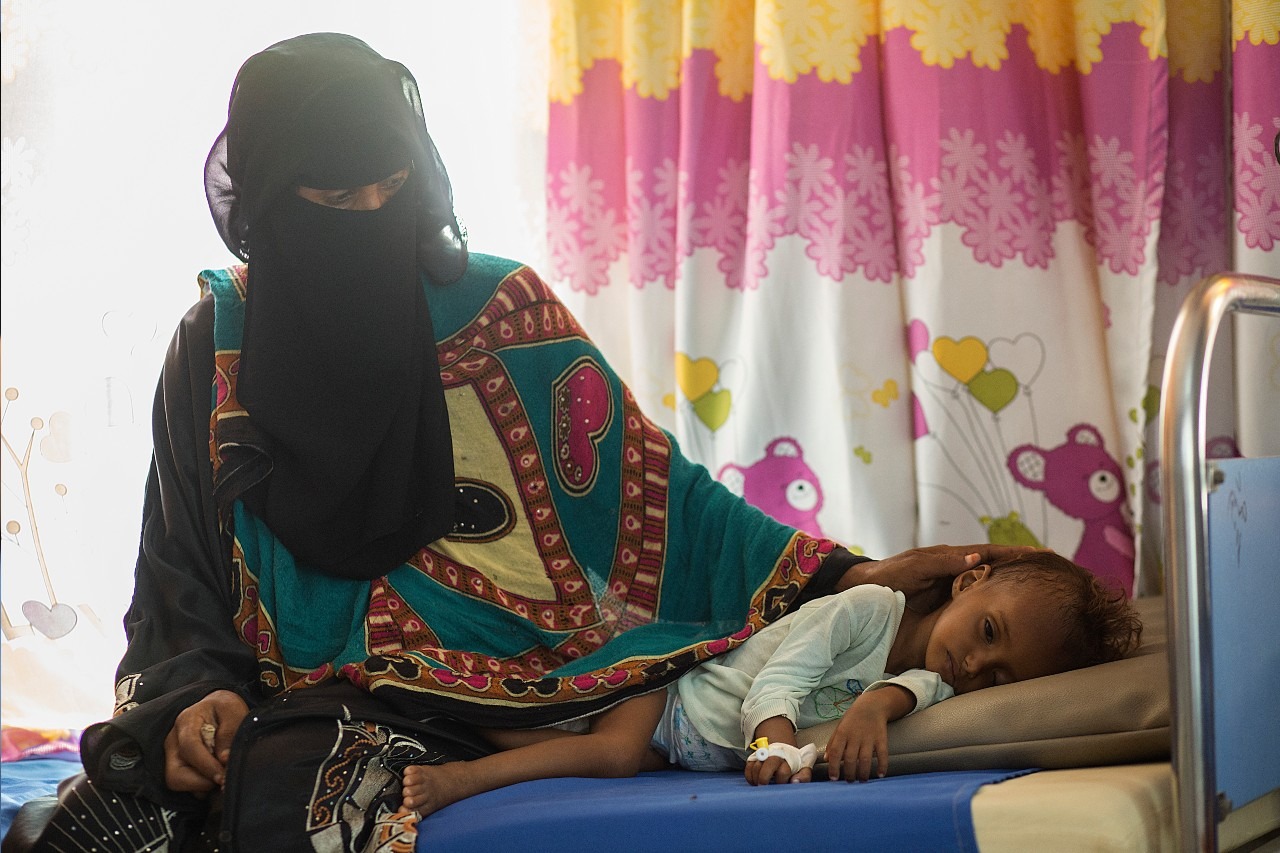
Every year three million children under the age of five die from undernutrition – making it a leading cause of death for children around the world.
The cause of death is not always malnutrition itself, but common childhood illnesses like diarrhoea and pneumonia that malnourished children are just too weak to survive.
2. Global Hunger is on the Rise
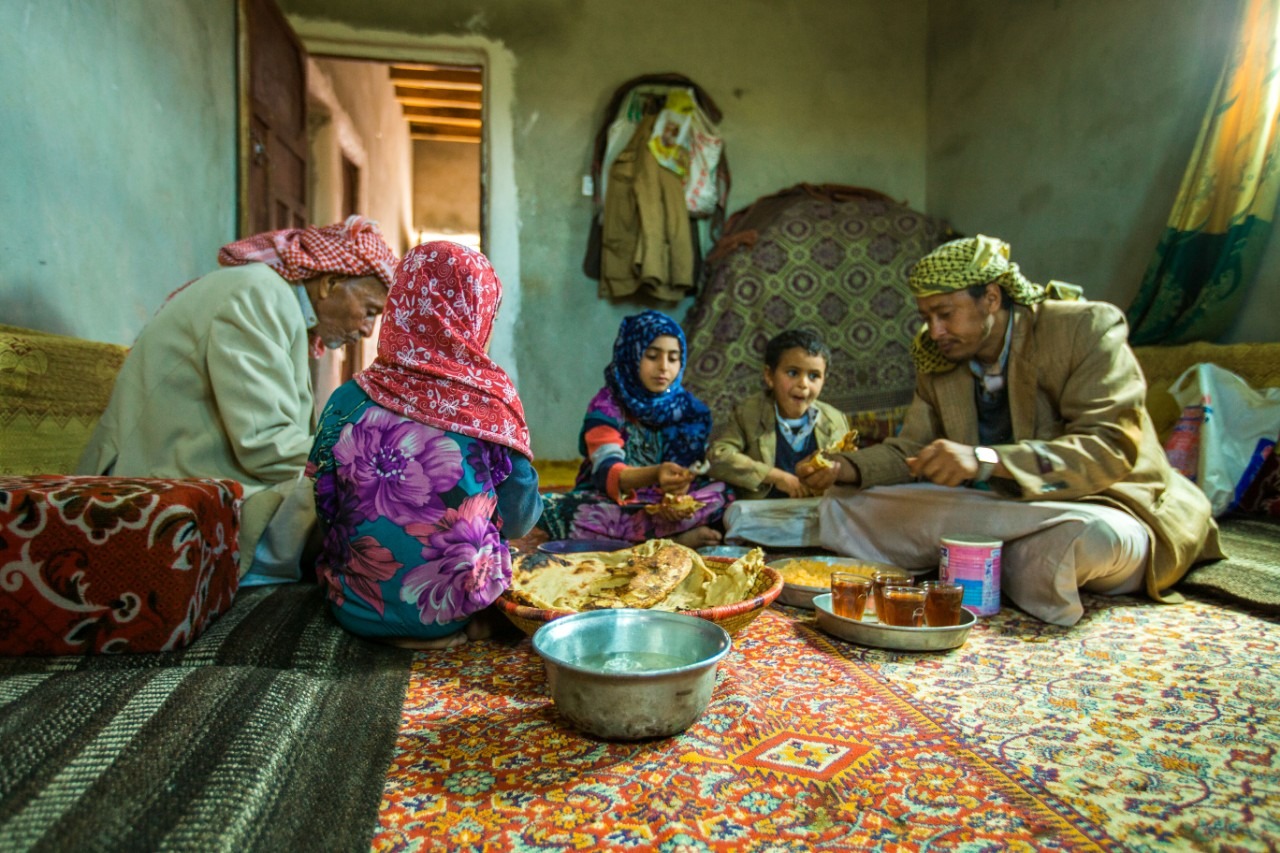
Globally more than 820 million people are going hungry, this number has risen for three consecutive years. Conflict and climate change are the key drivers behind this increase and one of the leading causes of severe food crisis.
Today 1 in 4 children around the world live in countries affected by natural disasters and conflict like Yemen.
3. Breastfeeding Saves Lives
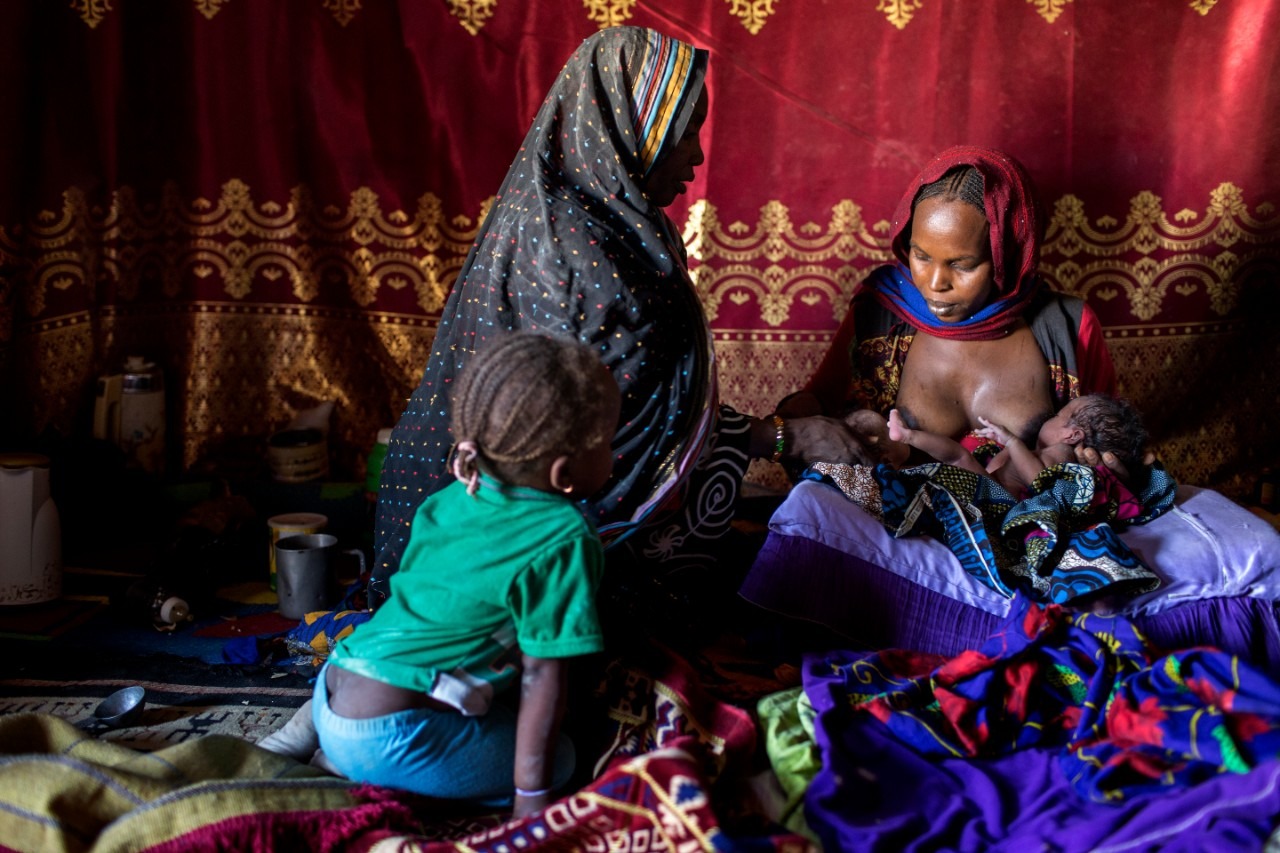
Not breastfeeding, or breastfeeding incorrectly, can be linked to 12% of all under-five deaths globally. Investment in improving breastfeeding rates and practices is key to saving millions of little lives every year.
4. No Amount of Food Can Cure a Stunted Child
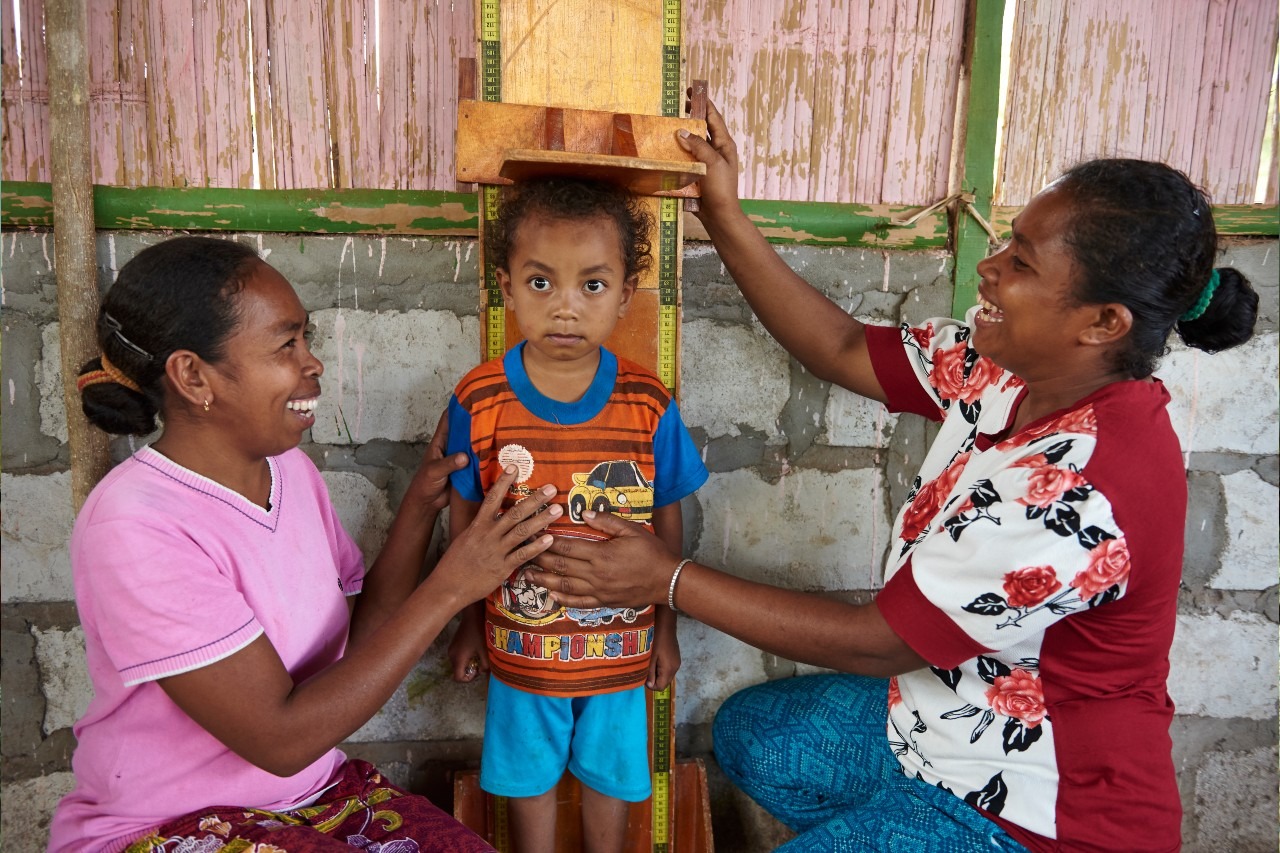
Stunting is caused by chronic malnutrition which prevents a child’s body and brain from growing properly. A stunted child will never reach their full potential.
Stunting has far-reaching consequences for children and their communities; reducing a child’s ability to learn and trapping them further in the cycle of poverty.
Globally, 159 million children under 5 are stunted. These children often come from the poorest households, making stunting a key marker of poverty and inequality.
Good nutrition must start early to prevent stunting and its devastating consequences before they start.
5. One in 13 Children Suffer From Wasting
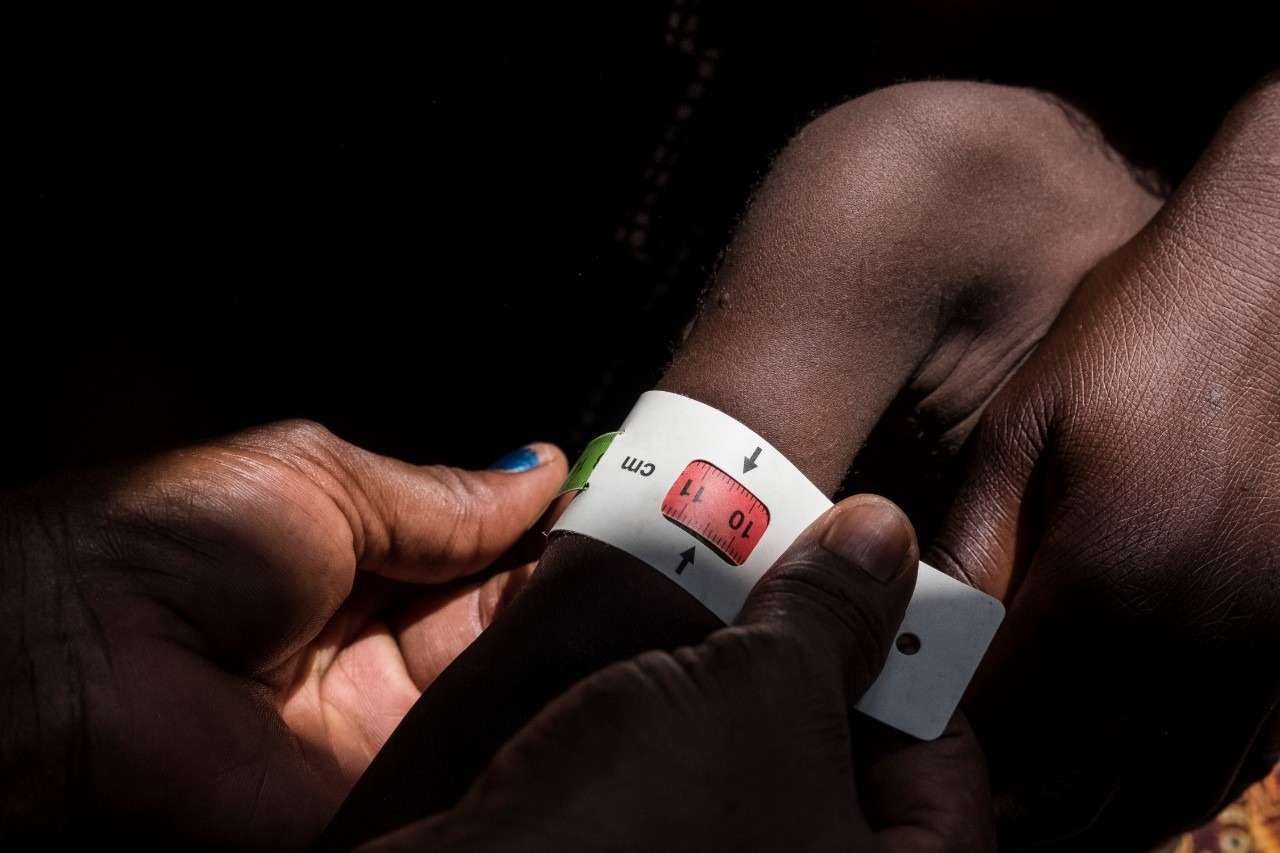
Wasting is the crushing result of acute malnutrition and poses an immediate threat to survival. It often indicates recent and severe weight loss, although it can also persist for a long time. It usually occurs when a person has not had food of adequate quality and quantity and/or they have had frequent or prolonged illnesses.
Wasting in children is associated with a higher risk of death if not treated properly. Right now, 50 million children under five are wasted and 16 million are severely wasted.
6. Vitamin A Deficiency Causes Blindness

Vitamin A deficiency is the leading cause of preventable childhood blindness and increases the risk of death from common childhood illnesses such as diarrhoea.
Simple solutions, like Vitamin A supplementation, can prevent blindness and save lives, yet one in three children around the world are not getting the supplementation they need.
Prioritise the First 1,000 Days
A child’s most significant development takes place during the first 1,000 days of their lives. This is why UNICEF is working with governments, communities and families to prioritize nutrition in the early days of life.
Please support our work in curbing child malnutrition throughout the world today.

